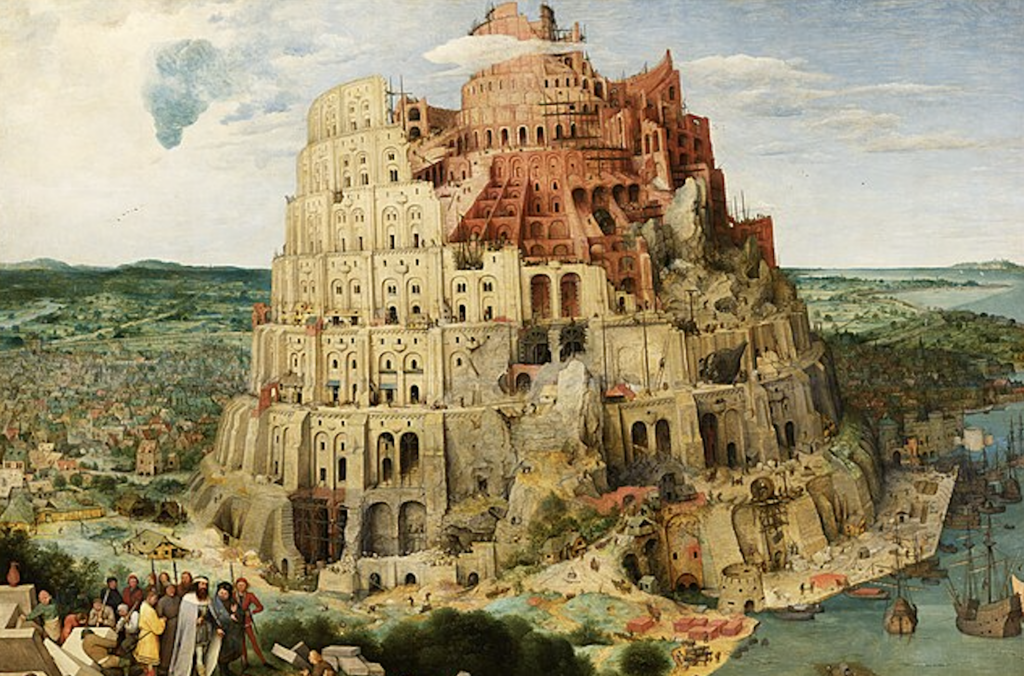
"No matter how distant our cultures are, we have no truly universal single human language, reflecting a historical struggle marked by the story of the Tower of Babel."
"The Tower of Babel may symbolize ancient attempts at unityâlike the Mesopotamian ziggurat Etemenankiâdetailing a collective ambition that divine forces thwarted."
"The narrative of the Tower of Babel, though often viewed as myth, connects with the historical reality of ancient construction projects, revealing our desire for communication."
"Historical and archaeological evidence supports that the Tower of Babel story is rooted in real events like the Etemenanki, showcasing humanity's enduring themes of ambition."
Despite our advances in communication and connection across cultures, we lack a universal human language, a fact enriched by the biblical tale of the Tower of Babel. This story interprets humanity's collective ambition to reach the heavens through monumental projects like the Mesopotamian ziggurat, Etemenanki. Its historical existence is corroborated by archaeological findings and ancient texts, suggesting that the fragmented languages we experience today might be rooted in divine opposition against humanity's pursuit of unity and understanding, illustrating the profound tension between aspiration and limitation throughout human history.
Read at Open Culture
Unable to calculate read time
Collection
[
|
...
]